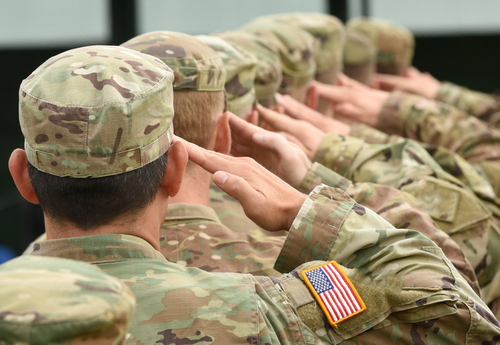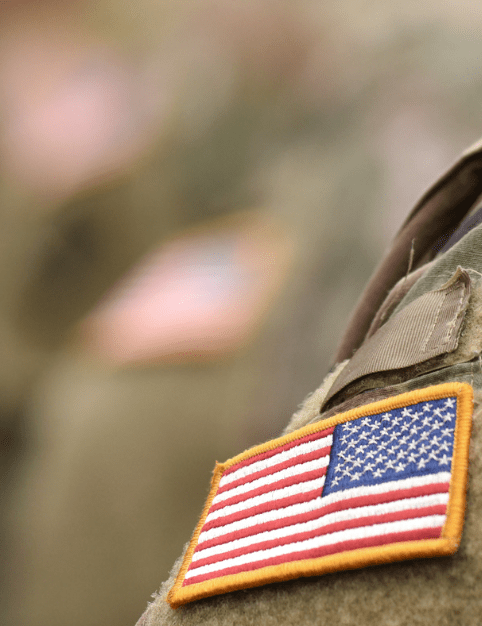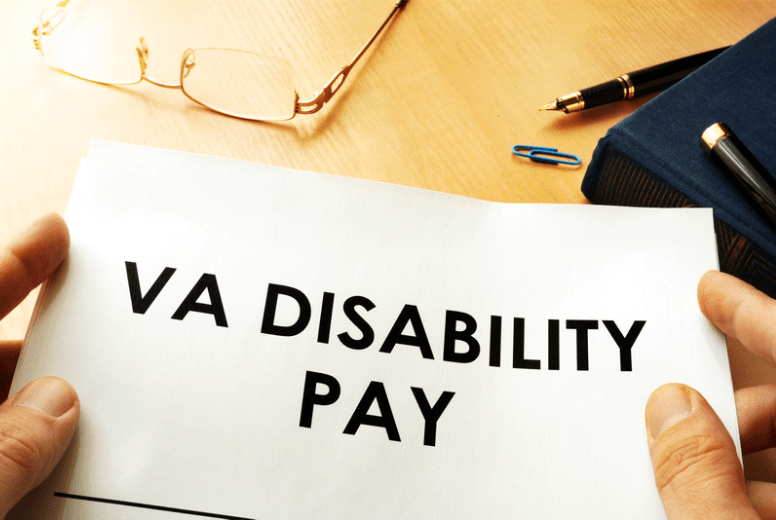
Veteran unemployability has been on the decline since 2001. According to data from the Department of Labor, in December 2018 the veteran unemployment rate was 3.2 percent. Diving deeper into the data, you can see that a large part of the reason for the shrinking number of unemployed veterans is other veterans.
Veterans helped more than 267,000 veterans find jobs.

While the numbers show the problem is improving, the percentage of homeless vets continues to be a concern. According to the National Coalition for Homeless Veterans, about 1.4 million veterans are considered at risk of homelessness due to poverty, lack of support networks, and dismal living conditions in overcrowded or substandard housing. It is estimated that around 40,000 veterans are homeless on any given night.
The most effective programs for homeless and at-risk veterans are community-based, nonprofit, “veterans helping veterans” groups. As mentioned above, veterans are doing just that and thanks in large part to their work, the numbers of homeless are decreasing.
Veteran homelessness decreased by 5.4% in 2018.
Nearly 11,000 homeless veterans found jobs last year. The momentum needs to continue and veterans need to continue helping fellow veterans.
Jobs for Veterans
The Department of Labor states that there are a record-breaking seven million job postings. While that number seems astonishingly high, accessing those jobs in your community can seem difficult. Google is attempting to address this issue. If you type “jobs for veterans” into google, a blue box will appear in the search results that allows you to enter your MOS code for relevant positions near you.

Indeed.com is also trying to help. If you type military veteran into their search feature along with your location, you can find applicable career opportunities near you.
![]()
Another great resource is RecruitMilitary.com. This site connects employers with skilled and qualified veterans. Military service instills a unique set of values that employers are looking for and a variety of organizations are trying to bridge the gap between the two.
Unfortunately, not all cases are as simple as finding the best route for job applications. If you are a veteran unable to find work after military service, learn more about options available to you. Military veterans who struggle to find employment due to service related injuries may qualify for compensation. There are several stipulations to receive pay for disabilities. Read our blog on Total Disability due to Individual Unemployability (TDIU) to explore the topic.
To learn more about the disability rating scale, visit our blog on VA disability compensation ratings.

How to Apply for VA Disability Compensation
It's one thing to know how to apply for VA disability compensation. It's another to understand the...

What is the VA DBQ?
What is the VA DBQ? A VA Disability Benefits Questionnaire (DBQ) is a form used to convey...

Most Commonly Approved VA Disability Claims
Most Commonly Approved VA Disability Claims Veterans receive VA disability benefits for a wide...





